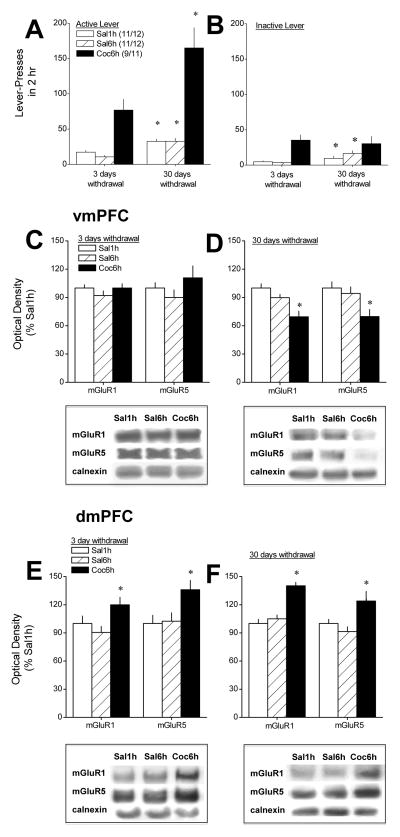Figure 2. Protracted withdrawal from self-administered cocaine results in increased reinforced responding concomitant with a reduction in vmPFC Group1 mGluR expression.
Summary of the total number of active (A) and inactive (B) lever-presses emitted by animals with a 10-day history of extended access (6h/day) to either cocaine (Coc6h) or saline (Sal6h) and by animals with an equivalent history of limited access (1h/day) to saline (Sal1h) on a 2-h test in which each active lever-press resulted in the presentation of the tone-light stimulus complex previously paired with saline/cocaine infusion, but no saline/cocaine delivery. Tests were conducted in separate groups of animals at either 3 or 30 days withdrawal from saline/cocaine self-administration and sample sizes ranged from 9–12/group/withdrawal time-point. Immediately upon completion of behavioral testing, the dmPFC and vmPFC were dissected out and immunoblotting conducted for mGluR1 and mGluR5. Group differences in vmPFC receptor expression were not observed when assayed at 3 days withdrawal (C), but Coc6h rats exhibited reduced mGluR1/5 when assayed at 30 days withdrawal (D). In contrast, immunoblotting on dmPFC of these same animals revealed elevated receptor levels in Coc6h animals at both 3 and 30 days withdrawal (respectively, E & F). Sample sizes are indicated in Panel A (3 days/30 days withdrawal). For Panel A, *p<0.05 vs. respective data at 3 days withdrawal. For Panels B–F, *p<0.05 vs. respective Sal1h group.

